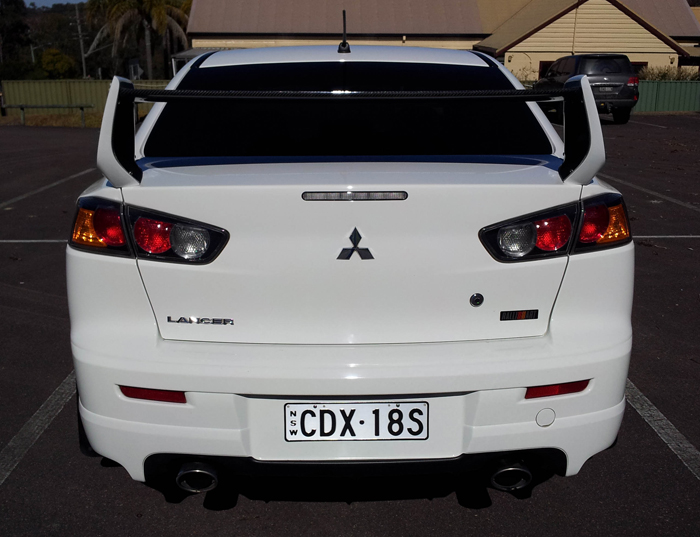Postby BST50N » Fri Feb 07, 2014 4:18 pm
RESULTS - FTIR
Diaqueen vs Ford (Diaqueen in blue)

Looks pretty bloody close to me!
Motul vs LiquiMoly (Motul in blue)

Pretty similar!
Martini vs HKS (Martini in blue)

Looks close to me.
Diaqueen vs HKS vs Motul (Diaqueen in blue)

This one may be a bit complicated. As the software on the machine is archaic its impossible to label all the traces together. The Diaqueen is in Blue, the other two in red. I've highlighted where the peaks are significantly different. Motul and Liquimoly have a peak around 820nm, where the others don't at all. Motul has a big peak around 950nm, where HKS has a minor one, and Diaqueen doesn't have at all. Also notice the Diaqueen peaks are shifted from the others around 1180nm and 1740nm. The shift isn't huge, and indicates that the functional groups are the same, but are likely in different position on the molecular chains, or in some other arrangement in the molecule. What does this mean? I'm not sure, I'm not an expert in lubricants. I suspect it may be to do with some chain branching, possibly different end groups, and/or having the ether at different places along the molecular chain. How much will this affect the lubrication properties for a gearbox? No idea!
RESULTS - Viscosity
All measurements are in centipoise (mPa.s)
Diaqueen: 60 to 61
HKS: 63 to 64
Motul: 63 to 64
LiquiMoly: 70 to 71
Martini: 67 to 68
Ford: ? Not enough sample
Now these are relative numbers, so they might not match up with what's on data sheets. Its just to compare between them. What it does show is that Diaqueen, HKS and Motul are pretty similar in viscosity. Martini and LiquiMoly are about 10% higher (thicker).
Last edited by
BST50N on Fri Feb 07, 2014 4:36 pm, edited 1 time in total.
MAP EF2 turbo , DW65 fuel pump, ID1000 injectors, EvoX FMIC, UR dump pipe, 100 cell cat, CP-E Exhaust, aFe air filter...and mud flaps!









